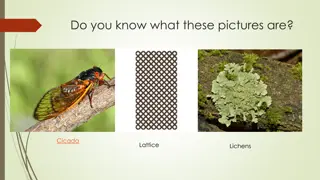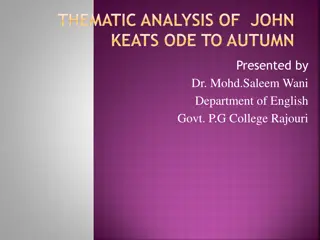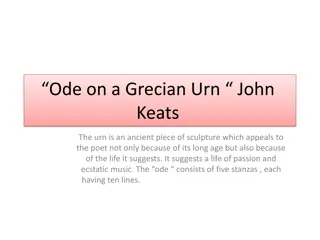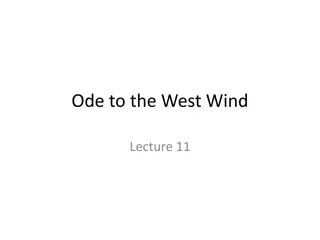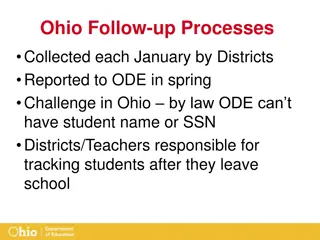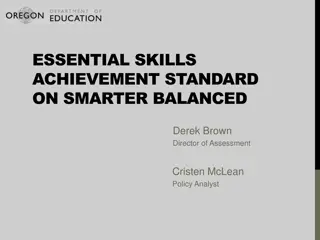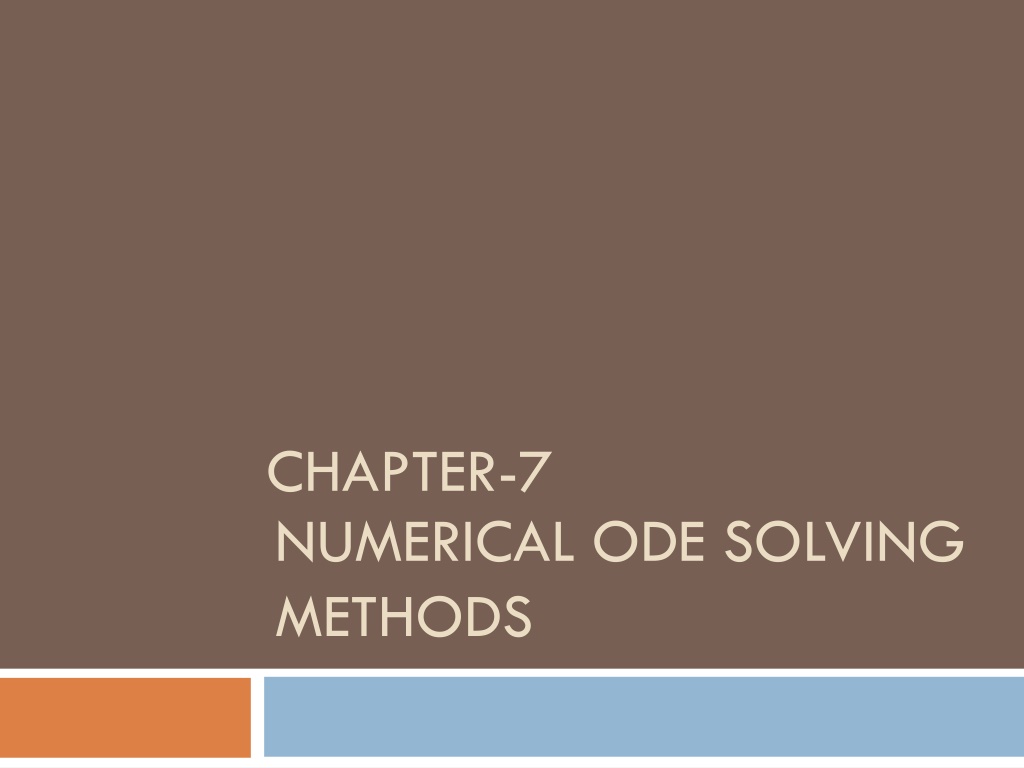
Numerical Methods for ODE Solving Techniques
Explore numerical methods like Euler's method and Runge-Kutta methods for solving ordinary differential equations. Understand step methods and basis of solutions to predict successive values of a function. Learn to integrate numerically using Euler's method and discover different variations like Heun's method and Ralston's method in Runge-Kutta techniques.
Download Presentation

Please find below an Image/Link to download the presentation.
The content on the website is provided AS IS for your information and personal use only. It may not be sold, licensed, or shared on other websites without obtaining consent from the author. If you encounter any issues during the download, it is possible that the publisher has removed the file from their server.
You are allowed to download the files provided on this website for personal or commercial use, subject to the condition that they are used lawfully. All files are the property of their respective owners.
The content on the website is provided AS IS for your information and personal use only. It may not be sold, licensed, or shared on other websites without obtaining consent from the author.
E N D
Presentation Transcript
CHAPTER-7 NUMERICAL ODE SOLVING METHODS
Contents EULER S METHOD RUNGE-KUTTA METHODS
1. Introduction Objective: to solve ordinary differential equations of the form Step Methods: Based on predicting successive values of a function based on an initial point and a slope estimate of the function. These methods only differ in the procedure of as to how Phi is determined.
EULERS METHOD Directly uses the first derivative [i.e. slope] for sequential estimations of the solution
EULERS METHOD [EXAMPLE] EULER S METHOD Use EULER s method to numerically integrate from x=0 up to x=4 using a step size of 0.5 Initial Conditions: at x=0, y=1. TRUE SOLUTION=3.21875
EULERS METHOD At x=0, y=1 At x=0.5, y=5.25
RUNGE-KUTTA METHODS General Form Where And
RUNGE-KUTTA METHODS Second Order Runge-Kutta Method
RUNGE-KUTTA METHODS We have a1, a2, p1 and q11 as unknowns, hence one of these values must be assumed in order to proceed with the solution. Heun s Method with a Single Corrector: a2=1/2 a1=1/2 , p1=q11=1 The Midpoint Method: a2=1 a1=0, p1=q11=1/2 Ralston s Method: a2=2/3 a1=1/3, p1=q11=3/4
RUNGE-KUTTA METHODS [EXAMPLE] Use the midpoint method, the Heun method and Ralston s method on the previous example. i. Midpoint Method
RUNGE-KUTTA METHODS Ralston s Method k1=8.5 Heun s Method k1=8.5 k2= f(0+0.5, 1+8.5*0.5)=1.25 y(i+1)=1+((1/2)*8.5+(1/2)*1.25)*0.5=3.43750(6.8%)
RUNGE-KUTTA METHODS [Fourth order RUNGE-KUTTA method]
RUNGE-KUTTA METHODS [EXAMPLE] K1=8.5, K2=4.21875, K3=4.21875, k4=1.25 RUNGE-KUTTA SOLUTION=3.21875 TRUE SOLUTION = 3.21875








